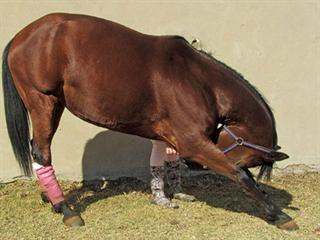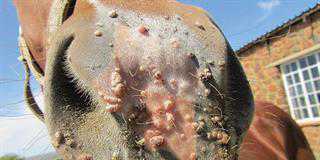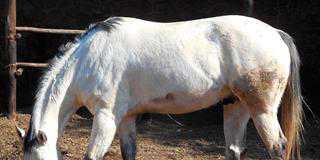
When deciding on how much work your horse is able to cope with, there are several factors to take into account. Expecting a horse to perform before its body and mind are prepared will only bring failure. Worse, it can result in the horse being injured.
Early training is extremely important, as this will develop a horse’s discipline and confidence. No matter what discipline you choose, an agile, athletic horse always performs better than others. But all the work in the world will amount to nothing if stable management is poor. By contrast, horses that are stretched and taught exercises tend to have greater stamina and grace. These are both essential for doing well in competitions. When handling and training a horse, always remember the three ‘Cs’ – calmness, consideration, consistency.
Lunging
The best way to introduce discipline – and get your horse used to pieces of equipment – is on the lunge. This is best left up to someone with experience. Each discipline requires a different level of fitness and development. However, the horse’s body must be conditioned first before any real stress is placed on it. During the first six to eight weeks, it is crucial to follow a legging-up programme. This conditions and strengthens tendons, skin, muscles, ligaments and bone.
If you bear in mind the following time-scales, you will understand the value of bringing a horse on steadily:
- For the body to utilise sweat production effectively takes about four weeks.
- Heart and lung conditioning takes around four months.
- Soft tissue such as muscle takes approximately two years.
- To condition bone takes at least five years.
Stretching
I advise starting a stretching programme with your horse. Stretching muscles helps decrease the chances of injury, promotes mobility of joints and soft tissue, increases circulation and improves co-ordination. A slow, gradual force is applied during the stretch, and even though this is temporary, the results are long-term, and remain even after the force has been removed.
Remember that many injuries occur because the body has not been adequately prepared for the demands placed on it. Joints and tissues should be stretched only if they are healthy and warmed up.
Breed pros and cons
| Pros | Cons |
Thoroughbred |
|
|
|
|
Arab
|
|
|
|
|
Warm blood
|
|
|
|
| Pony Breeds | |
|
|













